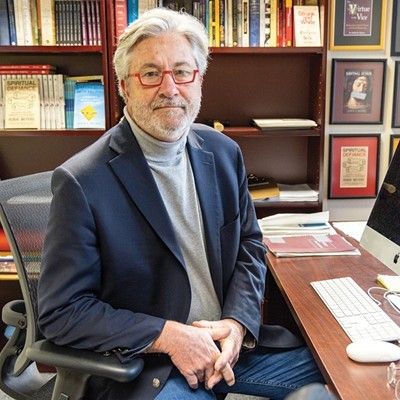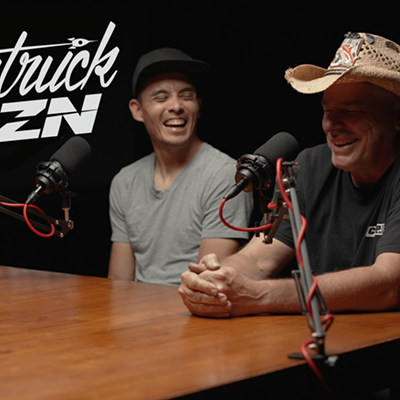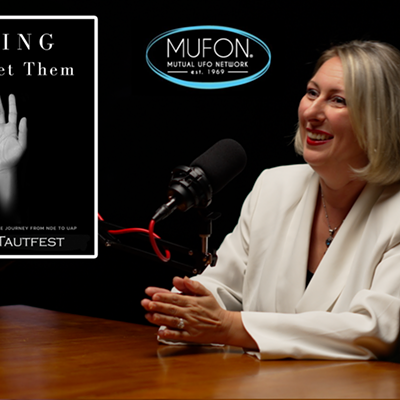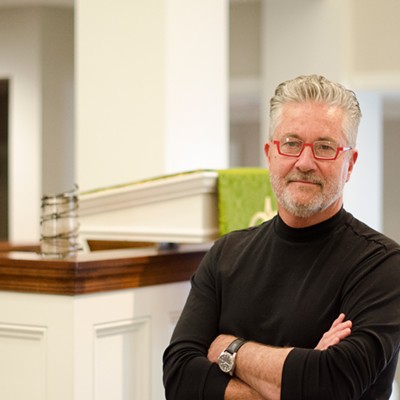In 1999, the committee was shocked to learn that the OKCPS only had 485 alternative school slots for students with behavioral or attendance problems, health conditions, pregnancy or parenting challenges or who were institutionalized.
According to the state’s Needs Assessment, the OKCPS needed another 1,205 slots. We also knew that punitive policies, such as “zero tolerance,” were doomed. So, MAPS promised “Rolls Royce-quality” alternative slots so that no child would perpetually disrupt class simply because alternative schools were full.
As the district implemented MAPS promises, I saw (and test scores documented) significant improvements at John Marshall Mid-High School. With the economic downturns of 2002 and 2008, however, alternative education was cut severely. Chronic disorder and violence became worse than ever.
Now, almost all of those schools are 90 percent low-income. An “apples-toapples” comparison, I bet, would find that today’s alternative services are as under-resourced as in the late 1990s.
I saw another part of the problem when serving on the OKCPS Code of Conduct Committee. The district agreed to teachers’ demands for a comprehensive reappraisal of discipline and the parents’ call for predictability in disciplinary consequences. Unfortunately, implementation of the resulting code of conduct was led by an inexperienced superintendent who believed that calls for discipline were evidence of teacher incompetence or racism.
Understandably, few administrators will enforce the code if it forces troubled teens out of school. Moreover, districts are under increased federal pressure to reduce their suspension rates.
But few administrators have much teaching experience in high-poverty secondary schools. Consequently, many are too willing to accept the political correctness that blames teachers for chronic misbehavior. Too many believe that the misbehavior in challenging schools is due to poor instruction, even
though the opposite is true.
The OKCPS must make a priority of creating respectful learning environments.
We should invest in programs like Restorative Justice and bring a second shift of counselors to help students work through their problems and thus head off anarchy and violence. We should borrow from a “persistently dangerous” Philadelphia high school that replaced its metal detectors and armed guards with mentors from the Troops for Teachers program.
At the same time, we must return to the science-based wisdom of MAPS for Kids. For secondary schools, at least, instruction-driven, test-driven and curriculum-driven policies will continue to disappoint unless we first tackle the tough challenge — creating respectful learning environments.
Thompson blogs regularly on national education issues at The Huffington Post, This Week in Education, School Matters and Living in Dialogue.
Opinions expressed on the commentary page, in letters to the
editor and elsewhere in this newspaper are those of the author and do
not necessarily reflect the opinions of ownership or management.












